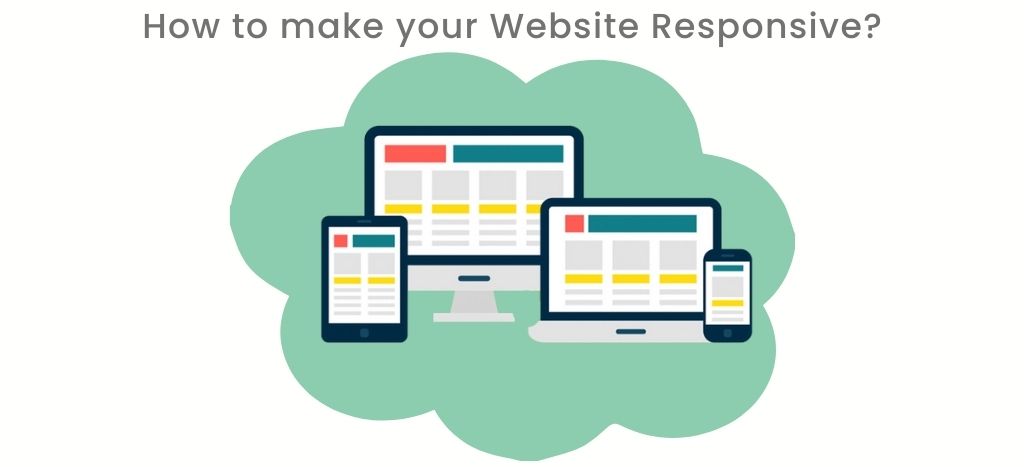- Sales: +91-9887171455
- Support (24*7):+91-9461784129
- info@matrixwebinfotech.com
How to make your Website Responsive?

Do you know the Digital Marketing Trends in 2022?
May 5, 2022
Can Website Design Affect SEO?
June 3, 2022What is meant by Responsive Website:
Each website is viewed on a variety of devices with varying screen resolutions and qualities. It is not possible to alter, edit out, or hide content or images. It's critical that your company's website, like the steering wheel or brakes on a car, be responsive. So, let's go through what responsive design is, why you should utilise it, and how you can include it into your website or existing design.
This is why, in practically every project they work on, most web developers are now looking forward to making websites responsive.
How to make your website responsive:
- What if I told you that 57 percent of internet users said they will not suggest a company with a mobile website that is badly developed. This isn't surprising given that mobile devices accounted for 54.8 percent of global internet traffic in the mid-period of 2021.
- A website must now appear great not only on a monitor, but rather on tablets and smartphones. A website is responsive if it can adjust to the size of the user's screen. Responsive web design is critical these days, and it's one of the techniques you'll need to understand as a web developer or designer.
- Responsive Web design necessitates a more abstract mindset. However, several concepts, including fluid interfaces, motion graphics, and programs that can easily reformat and mark up Web pages, are already in use (or automatically).
- However, a responsive Website is more than just resizable graphics and flexible screen dimensions; it's a whole different way of thinking about layout. Let's speak about all of these advantages, as well as some upcoming ideas.
How to implement responsive techniques in a website:
There are numerous device characteristics that allow for a user-centric focus. Here are a few examples:
- Link to the internet
- Size of the screen
- Type of interaction (touch screens, trackpads)
- Resolution of graphics
Prior to the popularity of flexible web design, many businesses maintained a separate website that had traffic redirected based on the user-agent.
Next, In four simple steps, we'll show you how to create a responsive website and apply responsive design concepts to existing web pages in this post.
- The Layout - When establishing a responsive website or turning an existing one responsive, the first thing to consider is the layout.
- Media - After considering the layout, another step to look forward to is, making the website responsive by attaching good quality media. The media can comprise of videos, unique images and keyphrases.
- Speed - The loading speed of your website should be a top focus when you're trying to establish a responsive design. Those that download in 2 seconds get an overall bounce rate of 9%, whereas sites that lag 5 seconds have a bounce rate of 38%.
- Responsiveness of the Typography in the website text - The responsiveness of the layout blocks, elements, and media is a primary focus of responsive web design. The importance of the text is frequently overlooked. Setting a fixed font size, such as 22 px, and adapting it in each media query is the quickest approach to do this.
Responsive web design incorporates a number of distinct features. It's easy to make mistakes if you don't have a basic understanding of HTML and CSS. Without any major complications, you can make your website responsive, by familiarising yourself with the different building elements, studying the examples with web dev tools, and testing as you go with the sample codes as well.


